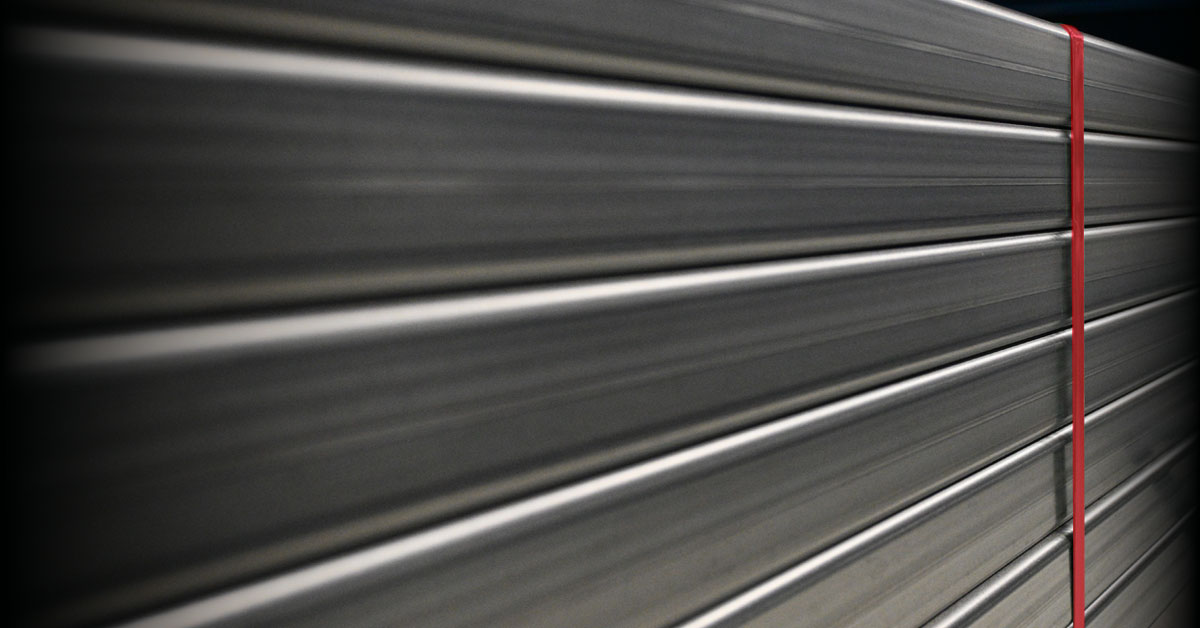Understanding the demands of modern bridge construction
Bridge construction demands materials that can withstand decades of stress, harsh environmental conditions, and dynamic loading cycles. As infrastructure requirements evolve, engineers increasingly seek materials that offer superior performance across multiple parameters. While carbon steel has traditionally dominated bridge construction, duplex stainless steel has emerged as a compelling alternative that addresses many of the limitations inherent in carbon steel applications. This shift isn’t merely about material preference—it represents a fundamental rethinking of bridge infrastructure with longevity, sustainability, and lifecycle costs at the forefront.
Modern bridge infrastructure faces unprecedented challenges. Environmental stressors—including marine exposure, de-icing salts, and industrial pollutants—continuously attack structural components. Meanwhile, increasing traffic volumes, heavier vehicles, and extreme weather events place extraordinary demands on load-bearing capabilities. These challenges are compounded by growing maintenance budgets and public expectations for longer service lives.
Material selection stands as perhaps the single most consequential decision in bridge design. The chosen structural material directly influences a bridge’s weight, span potential, maintenance requirements, and ultimately its lifespan. While engineers have traditionally relied on carbon steel for its availability and initial cost advantages, its fundamental limitations—particularly regarding corrosion resistance and strength-to-weight ratio—have prompted a growing shift toward duplex stainless steel in critical applications.
1: Superior corrosion resistance in harsh environments
Bridges in coastal regions, areas with frequent de-icing salt application, or high-humidity environments face relentless corrosive forces. Carbon steel bridges in these settings require extensive protective systems that demand regular maintenance and eventual replacement. Duplex stainless steel, by contrast, offers inherent corrosion resistance through its chromium-rich passive layer that continuously regenerates when damaged.
Lean duplex grades provide exceptional resistance to pitting, crevice corrosion, and stress corrosion cracking—the primary failure modes in harsh environments. This superior performance stems from the material’s balanced microstructure combining austenite and ferrite phases, enhanced by precisely controlled alloying elements. For bridges exposed to marine environments or de-icing salts, this translates to dramatic reductions in maintenance interventions and significantly extended service life.
2: Higher strength-to-weight ratio for efficient designs
The strength-to-weight ratio represents a critical metric in bridge design, directly affecting material quantities, foundation requirements, and construction methodologies. Duplex stainless steel boasts yield strengths typically twice that of conventional carbon steel, enabling more efficient structural components with reduced material volume.
Our high-strength stainless steel hollow sections leverage this advantage through optimized profiles that maintain structural stability with substantially less weight. This efficiency allows for longer spans, reduced substructure requirements, and potentially simplified construction methods. In practical terms, a duplex steel bridge can achieve the same performance with up to 30% less material by weight compared to carbon steel alternatives, while simultaneously offering greater corrosion resistance.
3: Enhanced fatigue resistance for long-term stability
Bridges constantly experience cyclic loading—the repetitive stress patterns created by vehicles, wind, and temperature fluctuations. These cycles eventually lead to fatigue, which manifests as microscopic cracks that propagate over time. Carbon steel’s fatigue performance deteriorates further when corrosion enters the equation, as surface irregularities from corrosion become stress concentration points.
Duplex stainless steel demonstrates superior fatigue resistance, maintaining its structural integrity through millions of loading cycles. This enhanced durability derives from its dual-phase microstructure that effectively impedes crack propagation. When incorporated into bridges through Stalatube’s stainless steel hollow sections, this fatigue resistance supports decades of reliable service with minimal degradation of structural performance—even under the most demanding traffic conditions.
4: Why is lifecycle cost significantly lower with duplex steel?
While the initial material cost of duplex stainless steel exceeds that of carbon steel, this differential represents only a small fraction of a bridge’s true lifecycle cost. Carbon steel bridges typically require repainting every 15-25 years, with each maintenance cycle involving surface preparation, application of protective coatings, traffic management, and associated environmental protections. Over a typical 100-year service life, these recurring costs often exceed the initial construction expense.
Duplex stainless steel bridges virtually eliminate these maintenance requirements, offering maintenance-free service for decades. The high-strength steel components retain their structural properties and appearance with minimal intervention, dramatically reducing lifecycle costs. When analysed over a bridge’s full service life, duplex stainless steel frequently emerges as the most economical solution despite higher initial investment—a perspective increasingly adopted by forward-thinking infrastructure planners.
5: Improved sustainability through material efficiency
Bridge infrastructure increasingly faces scrutiny regarding environmental impact, from material production through operation and eventual decommissioning. Duplex stainless steel offers significant sustainability advantages through multiple pathways. The reduced material volume—enabled by higher strength—directly translates to lower embodied carbon during production, while eliminating the environmental impacts associated with repeated maintenance operations.
Furthermore, stainless steel ranks among the most recyclable construction materials, with virtually 100% recyclability without quality degradation. This closed-loop potential supports sustainable construction principles while preserving valuable resources. The environmental case grows stronger when considering the eliminated need for protective paints and coatings—many containing volatile organic compounds or other environmentally problematic substances—over the structure’s lifetime.
Moving toward more durable and sustainable bridge infrastructure
The compelling advantages of duplex stainless steel for bridge applications extend beyond simple material substitution—they represent a fundamental shift toward infrastructure designed for generational service with minimal intervention. The combination of superior corrosion resistance, exceptional strength-to-weight ratio, enhanced fatigue performance, and dramatically reduced lifecycle costs makes duplex stainless steel the logical choice for bridges facing demanding service conditions.
As infrastructure needs continue to evolve, Stalatube’s high-strength stainless steel solutions provide engineers with the tools to create bridges that stand the test of time. Through our optimized hollow sections and profiles, we support the development of structures that not only perform exceptionally today but continue delivering value for generations—the very definition of sustainable infrastructure.
This article was created with the help of AI and reviewed by a human. It may include mistakes.
